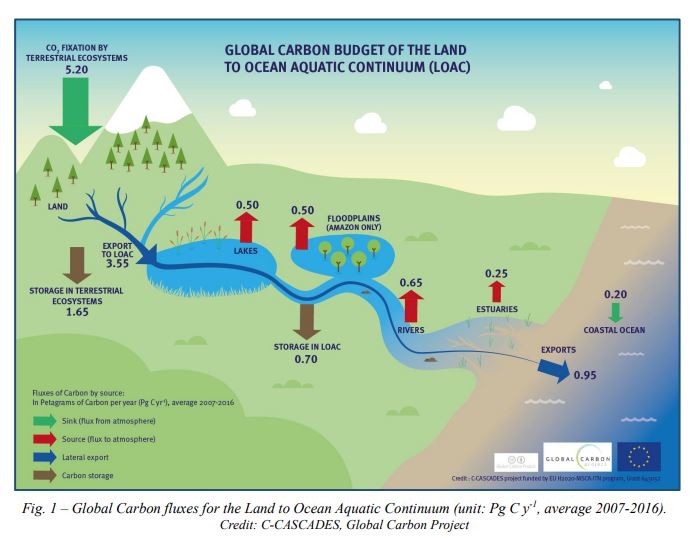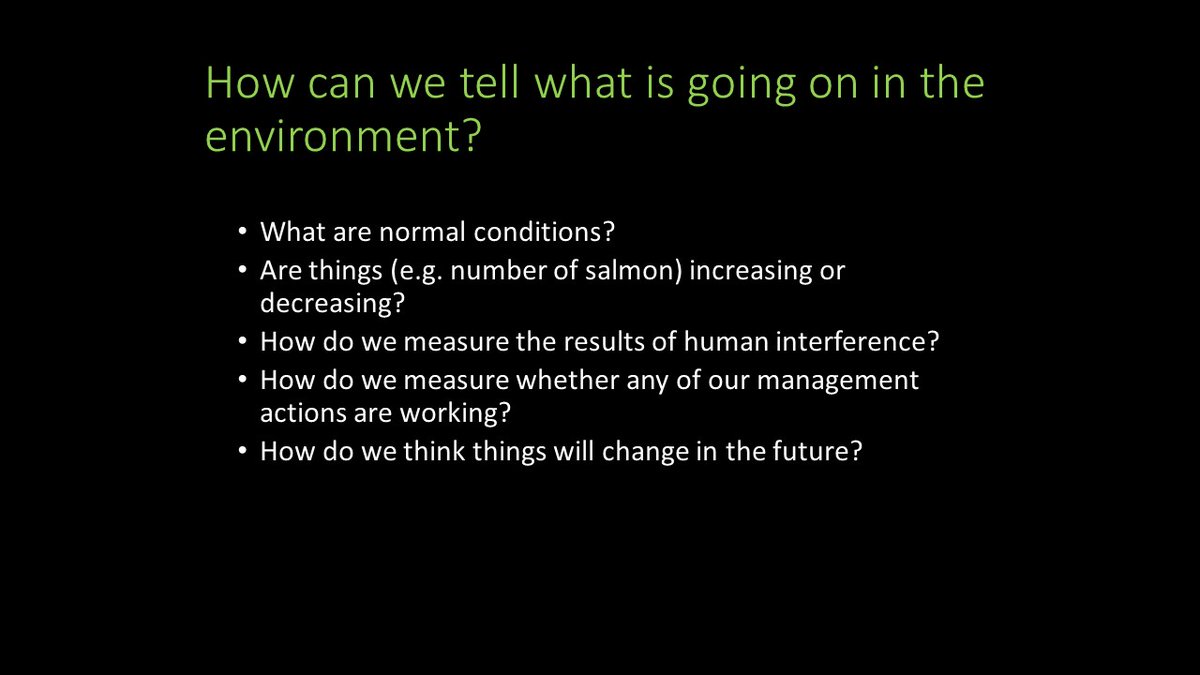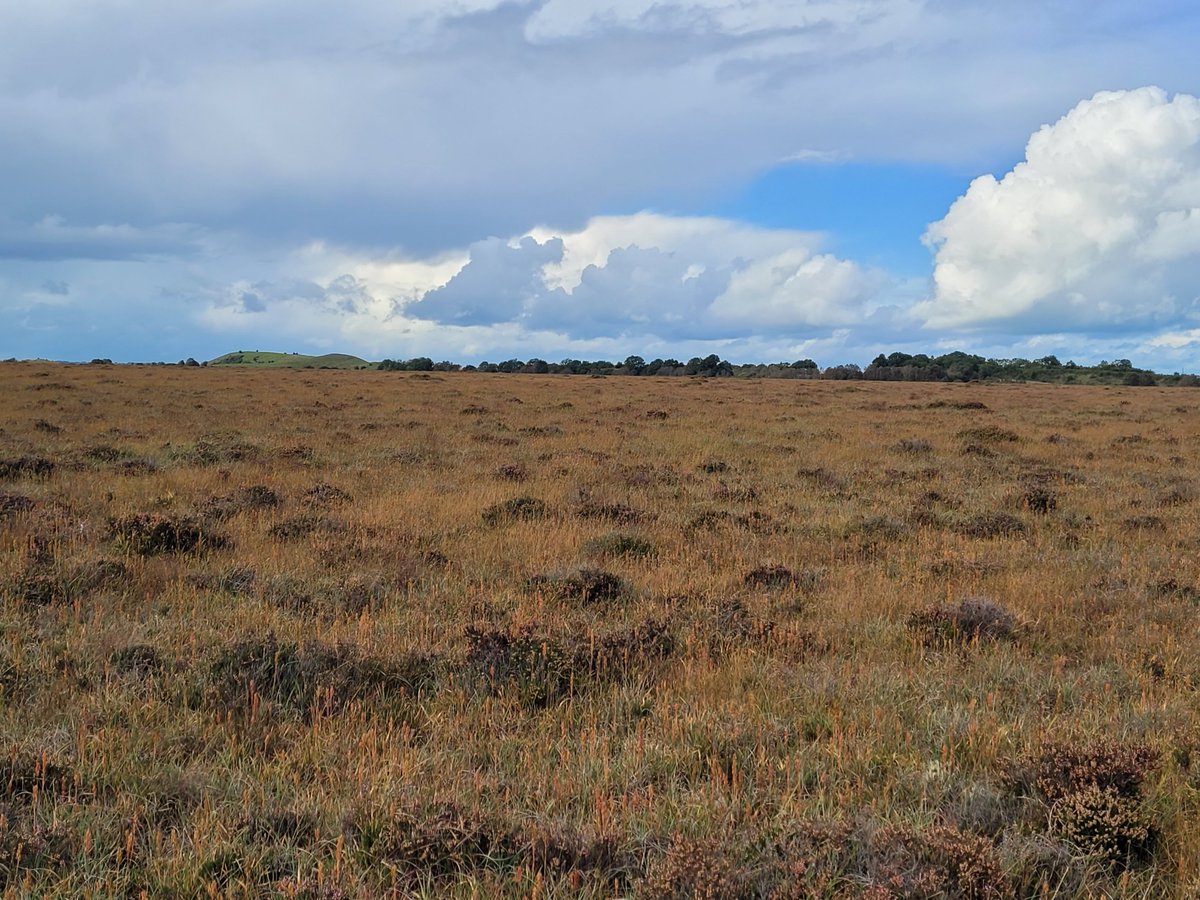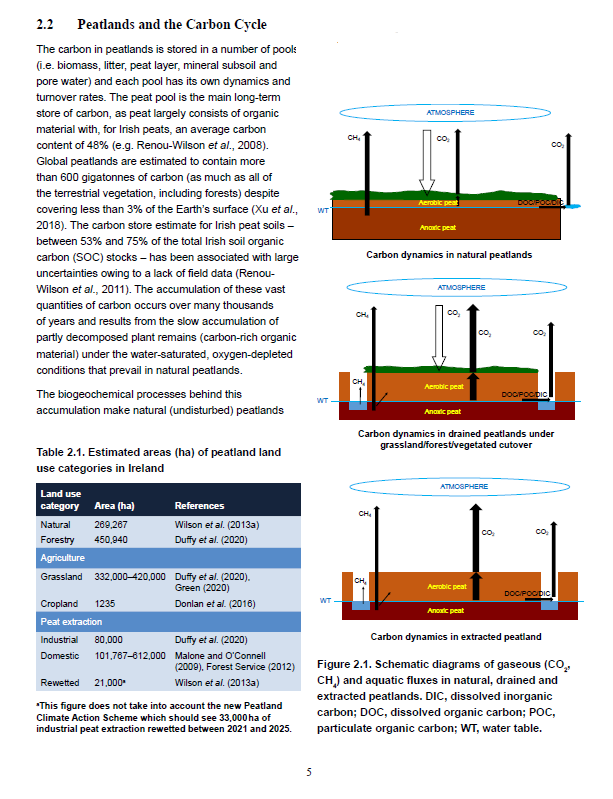
1. Good morning ☀️ Thursdays 🧵is about #Trout
For clarity, we are talking about Salmo trutta, the native trout to Ireland, which can be either resident (brown trout) or migratory (sea trout) or many things in between 📸 G. Rogan
@WildTroutTrust @AST_Salmon @TheFSBI #FishSci
For clarity, we are talking about Salmo trutta, the native trout to Ireland, which can be either resident (brown trout) or migratory (sea trout) or many things in between 📸 G. Rogan
@WildTroutTrust @AST_Salmon @TheFSBI #FishSci

@TheFSBI 2. Trout display phenotypic plasticity. A phenotype is a set of observable characteristics or traits of an organism ➡️what does it look like and how does it function? Here’s various L. Melvin trout, thanks to A. Ferguson & P. Prodöhl @QUBelfast
onlinelibrary.wiley.com/doi/epdf/10.11…
onlinelibrary.wiley.com/doi/epdf/10.11…

@TheFSBI @QUBelfast 3. For trout, the decision to stay put in freshwater, or migrate to sea is complex, governed by genetics, the condition of the fish, and environmental conditions. This is an excellent infographic also from Andy and Paulo @QUBelfast , + Tom Cross, @TomEReed & @mcginnity_p @uccBEES 

4. That infographic comes from this paper, which is a comprehensive review of why some trout migrate and some do not: onlinelibrary.wiley.com/doi/10.1111/jf…
5. Teasing out these various factors involves a combination of observation, modelling, and experimentation, the three overlapping methods used in ecology. Burrishoole trout have played a big role here…….
6. For example, @archington_1991 and the @fisheye team examined whether food and warmer temperatures influenced the decision to prepare for migration or not… onlinelibrary.wiley.com/doi/abs/10.111…
7. ....while Rob Wynne and the @fisheye and @B2020project group found key molecular–genetic pathways underlying the energetic requirements associated with divergent migratory tactics onlinelibrary.wiley.com/doi/10.1002/ec…
8. In Burrishoole, we have freshwater residents, partially anadromous unsilvered “slob” trout (hang around the estuary) and fully anadromous fish. We have a large population of resident brown trout, occupying every nook and cranny of the aquatic ecosystem
https://twitter.com/edeeyto/status/1030073045174706177?s=20&t=hPIQxp-HebJPUOn0aW9T4Q
9. In the rivers and lakes of the catchment, #Trout have a diverse diet, feeding on true flies, mayflies, stoneflies, caddisflies, beetles, plankton.... 🪰🪳🐜🪲🦗 @TheConorGraham @ElizabethRyder7 @EleanorJennin11
jstor.org/stable/10.3318…
jstor.org/stable/10.3318…

10. When we were writing that paper, I came across this excellent work from Winifred Frost, published at the end of WW2, with a very appropriate quote at the start “we are what we eat “ is also very true for trout 🐟🐑
jstor.org/stable/2049084…
jstor.org/stable/2049084…

11. We survey the river populations of trout every year, using #electrofishing
12. .......and we now have a > 30 year dataset describing the annual variation in densities #LTER #FishSci #Data. We have an analysis ongoing at the moment working out what causes this annual variation 

13. Some of these trout populations are isolated from the rest of the catchment by waterfalls. Ice would have cleared about 16,000 years ago and isostatic uplifting would have created the waterfall 3000 to 4000 years later , leaving trout above them 

14.Despite being isolated for ~12,000 year, they are surprisingly genetically diverse and numbers are good onlinelibrary.wiley.com/doi/full/10.11…
15. A slight digression – there is one site we fish that ALWAYS has a couple of #hybrid salmon x trout, probably because there is a quite a high waterfall just above occasionally blocking salmon passage. These fish very confusing
https://twitter.com/edeeyto/status/1173913456954806272?s=20&t=5b5s1dpzNVyvVDr8P7Gc2w
16. Although its reassuring to know that differentiating between #salmon and #trout is a common theme ….
https://twitter.com/edeeyto/status/821114035139657731?s=20&t=5b5s1dpzNVyvVDr8P7Gc2w
17.Back to Burrishoole trout. Historically, we would have had very big trout in the catchment, which were no doubt #piscivorous (fish-eating): this one had 42 fish tags in its stomach (these tags would have come off small fish tagged by staff of the SRT in the 1950s) 

18. Two and three year old sea trout smolts migrate to sea in late spring, along with the salmon. Trout smolts are generally a bit bigger and fatter, and fairly easy to spot in the mix of silver fish
https://twitter.com/edeeyto/status/1264110236538941448?s=20&t=5b5s1dpzNVyvVDr8P7Gc2w
19. Downstream migrations of 0+ and 1+ unsilvered juvenile trout also occur in autumn and early winter
https://twitter.com/edeeyto/status/1578658847878938624?s=20&t=0AbciMtMdFQPQuaH3wkbdg
20. True sea trout (silver color) which return to freshwater in the same summer as their first migration to sea (0 + SW) are known as finnock
📸G. Rogan
📸G. Rogan

21. Others spend a full winter at sea before returning to freshwater (1 + SW). In Burrishoole, most #SeaTrout return as #finnock, with the proportion ranging from 31.6 to 63.5% bit.ly/3TRsYl4
22. The story of the Burrishoole migratory trout is a sad one, and even though it was before my time working here, there is a powerful institutional memory of that time in the late 1980s and early 1990s when the sea trout population collapsed. 

23.In the 1970s, the average run of sea trout smolts out of Burrishoole was 4506 fish and ~ 2000 trout returned from the sea to spawn. Only 155 fish returned in 1990.
24. The migratory part of the population has failed to recover and the return of adults has been < 100 for many years
This is what #BiodiversityLoss looks like.
Diversity is not just #Interspecific (many species) but also #Intraspecific (🧬🧬🧬within species)
#CABioLoss
This is what #BiodiversityLoss looks like.
Diversity is not just #Interspecific (many species) but also #Intraspecific (🧬🧬🧬within species)
#CABioLoss

25. Sea lice, coming from fish farms operating in a time of industry expansion with limited regulation, have been implicated as the cause of this sea trout collapse, not only in Burrishoole but in many 🇮🇪, 🏴and 🇳🇴rivers close to salmon farms bit.ly/3gNCS8R
26. Some of the other Irish rivers which suffered sea trout collapses at the same time as Burrishoole have recovered somewhat, and indeed many rivers in Ireland still possess healthy migratory trout populations @InlandFisherIE fishinginireland.info/salmon/seatrou…
27. I couldn’t have pulled this 🧵together without the help and insight provided by my colleagues R. Poole, M. Dillane, P. Nixon, D. Sweeney, G. Rogan, @kenwhelan0451 who all did Trojan work during the early 1990s to work out what was happening and to try & rehabilitate the stock
@kenwhelan0451 29. I'll leave it there for today. Back tomorrow with a thread all about the fascinating #EuropeanEel. Here's a great video from the @MarineInst @YouTube channel describing our day to day work. Grab a cup of 🫖 and enjoy the scenery
• • •
Missing some Tweet in this thread? You can try to
force a refresh



















